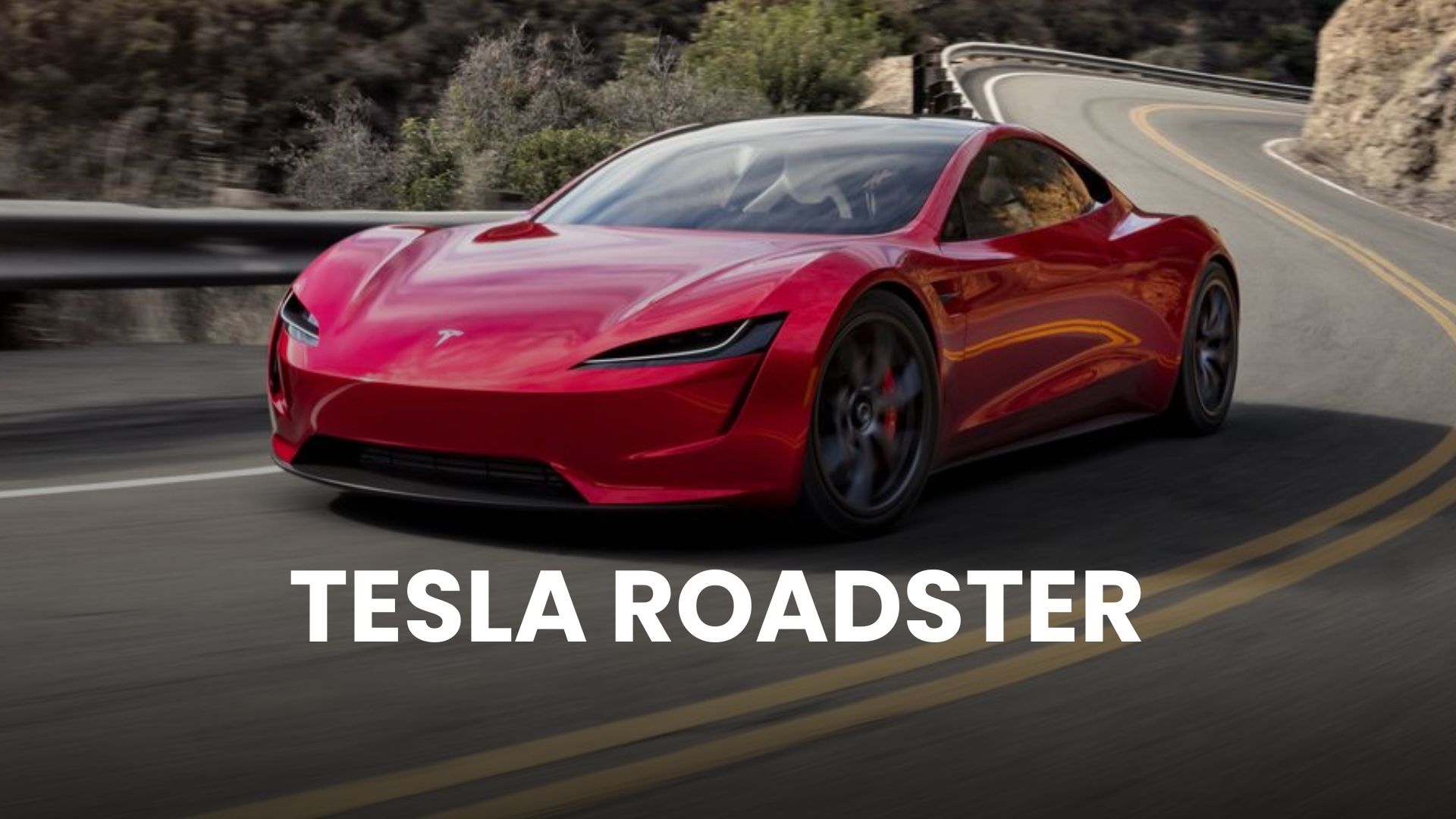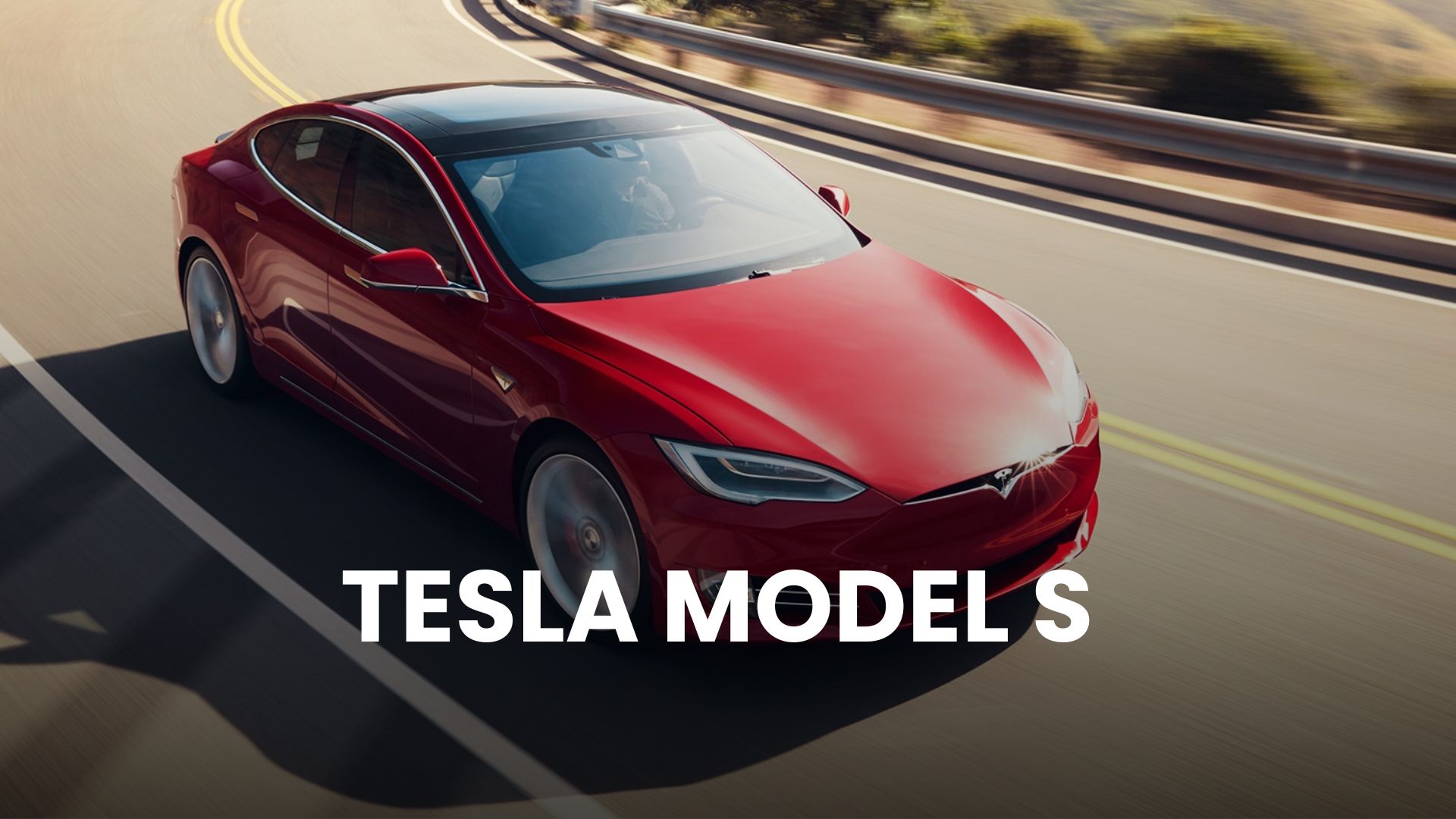Delving into the Tesla Model 3, this technical review sheds light on its innovative features, balancing performance with affordability, and the impact it’s made on the automotive landscape.
As the automotive world shifts towards electric innovation, the Tesla Model 3 stands as a testament to this transformation. Designed with a blend of performance and affordability, this article offers an in-depth, technical exploration of the Model 3’s features, and the vision Elon Musk held for its role in the global market.
Table of Contents
ToggleIntroduction: The Context of Tesla Model 3’s Arrival
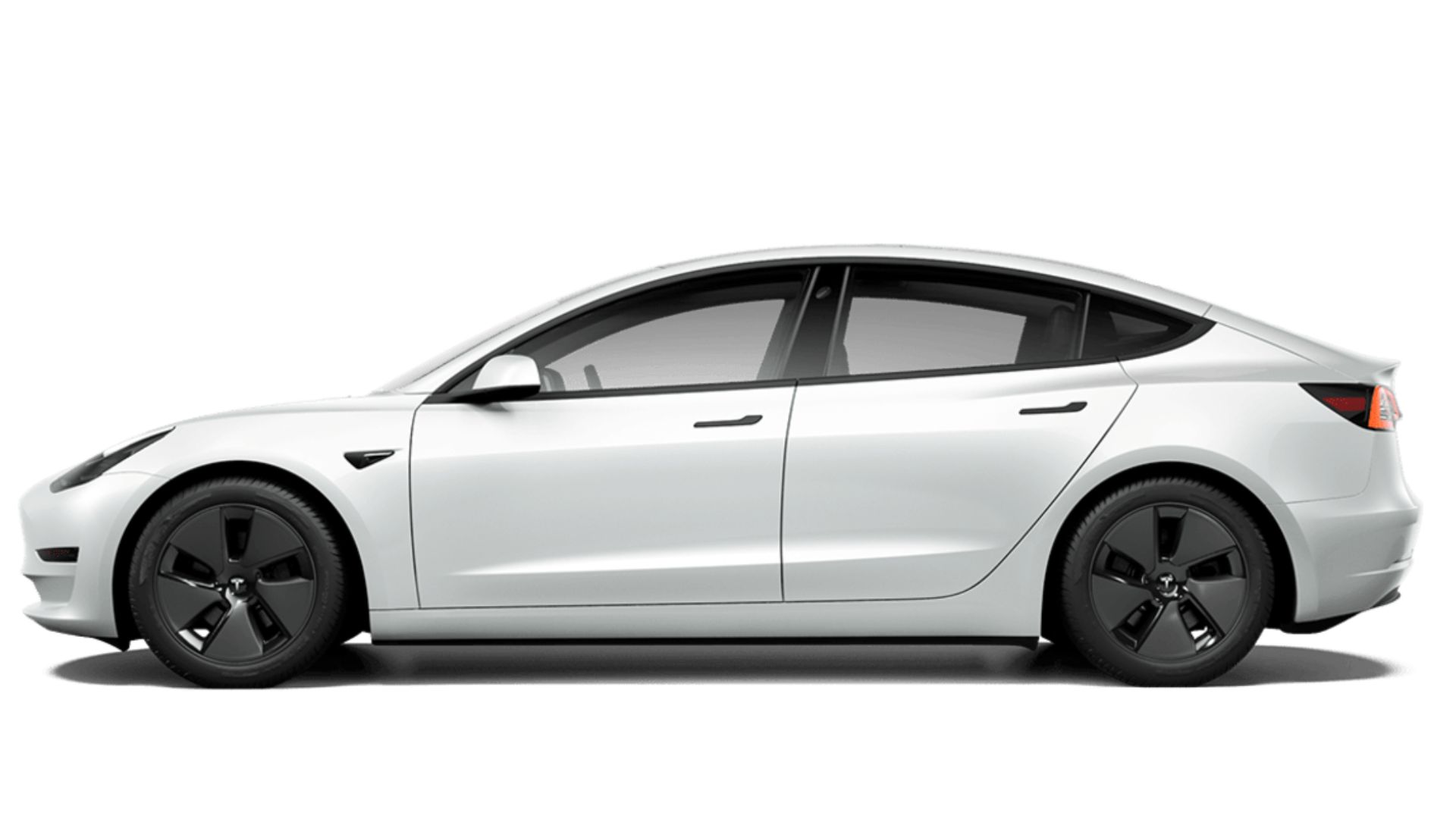
In the automotive landscape dominated by internal combustion engines, Tesla’s arrival signified a pivotal shift towards sustainable transportation. As part of this vision, Elon Musk set forth a strategy to bring electric mobility to the masses. Enter the Tesla Model 3, envisioned as a cornerstone of Tesla’s mission to accelerate the world’s transition to sustainable energy.
Exterior Design and Aerodynamics
The Tesla Model 3, at first glance, boasts a design that resonates with Tesla’s ethos: sleek, minimalistic, and futuristic. But there’s more beneath the surface. Aerodynamics play a vital role in electric vehicles, directly influencing their efficiency and, by extension, their range. The Model 3’s drag coefficient is an impressive 0.23, achieved through meticulous design elements like its flush door handles and a unique front fascia.
Powertrain and Performance
The Model 3 comes with varying powertrain options, tailored to different driving needs.
Standard Range Plus: Offers an EPA estimated range of 263 miles, reaching 0-60 mph in 5.3 seconds.
Long Range AWD: Dual Motor All-Wheel Drive (AWD) with an EPA estimated range of 353 miles, achieving 0-60 mph in 4.2 seconds.
Performance: Also a Dual Motor AWD but fine-tuned for higher performance, achieving 0-60 mph in just 3.1 seconds with an EPA range of 315 miles.
Battery Technology
Central to the Model 3’s value proposition is its battery technology. Tesla’s batteries, developed in collaboration with Panasonic, are lithium-ion cells designed for high energy density. The Model 3’s 75 kWh battery pack, combined with its efficient powertrain and aerodynamics, enables its commendable range. Furthermore, advancements in Tesla’s thermal management system ensure consistent performance and longevity.
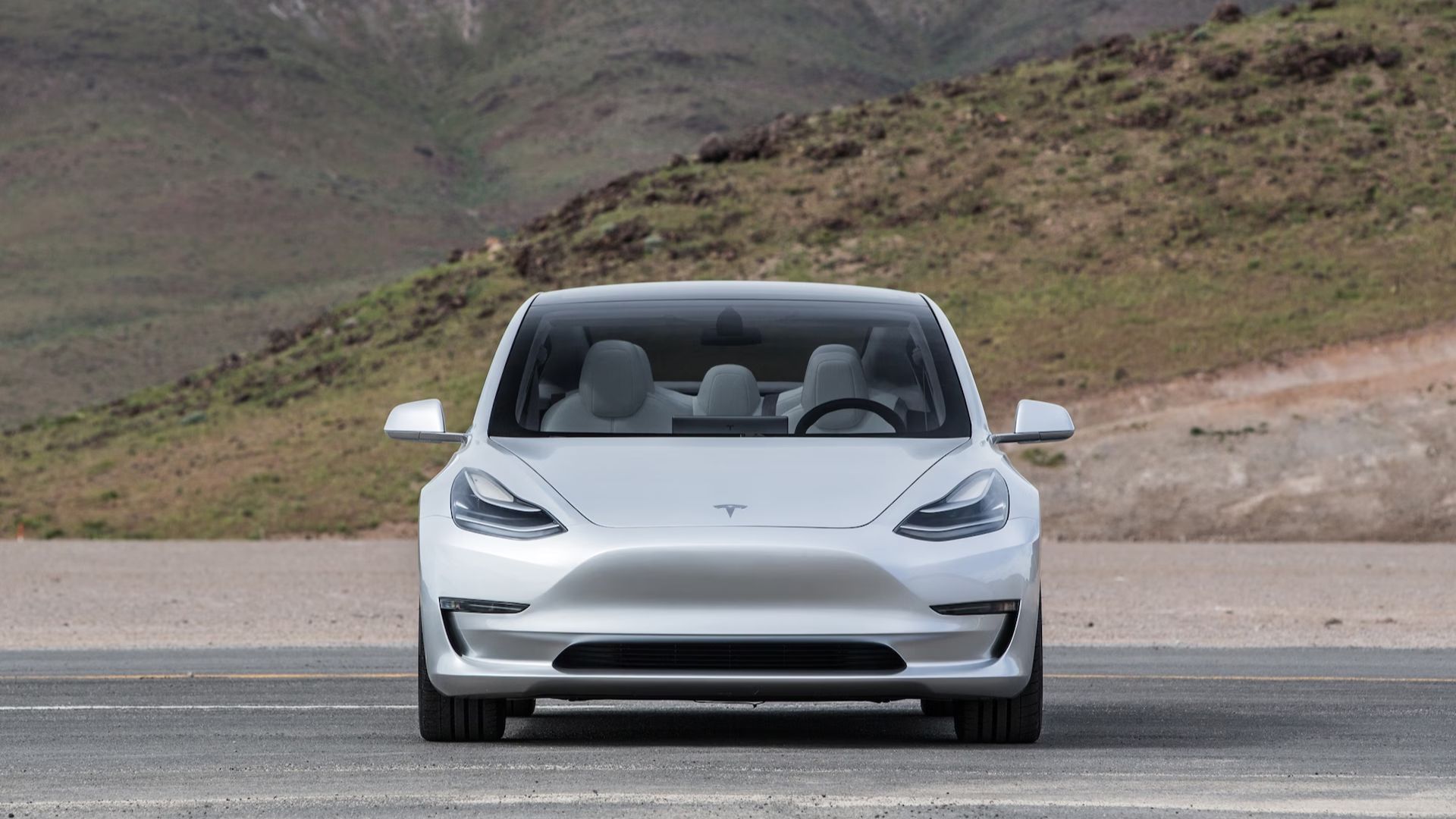
Interior and User Interface
The minimalist interior is anchored by a 15-inch center touchscreen, which controls everything from navigation to climate controls, eschewing traditional buttons and dials. The screen provides real-time data, from energy consumption patterns to maintenance alerts.
Safety Features and Autopilot
Tesla’s commitment to safety is underscored by Model 3’s 5-star safety rating in every category from the National Highway Traffic Safety Administration (NHTSA). Beyond the structural safety, Model 3 incorporates advanced driver-assistance systems. While Elon Musk has often emphasized the potential of full self-driving, currently, the ‘Autopilot’ feature offers functionalities like adaptive cruise control, automated lane-keeping, and parking assistance.
Charging Infrastructure and Integration
One of Tesla’s strategic advantages has been its Supercharger network, facilitating long-distance travel. Model 3 benefits from this ecosystem, with access to over 25,000 Superchargers globally. The vehicle’s integrated navigation system suggests charging stops based on the trip itinerary, ensuring optimal travel times.
Real-World Performance and Ownership Experience
Though specifications on paper are impressive, real-world experiences have generally mirrored these claims, with most owners reporting ranges close to Tesla’s official figures. The Model 3, being a more affordable offering in Tesla’s lineup, has attracted a broader demographic, further solidifying Tesla’s position in the electric vehicle market.
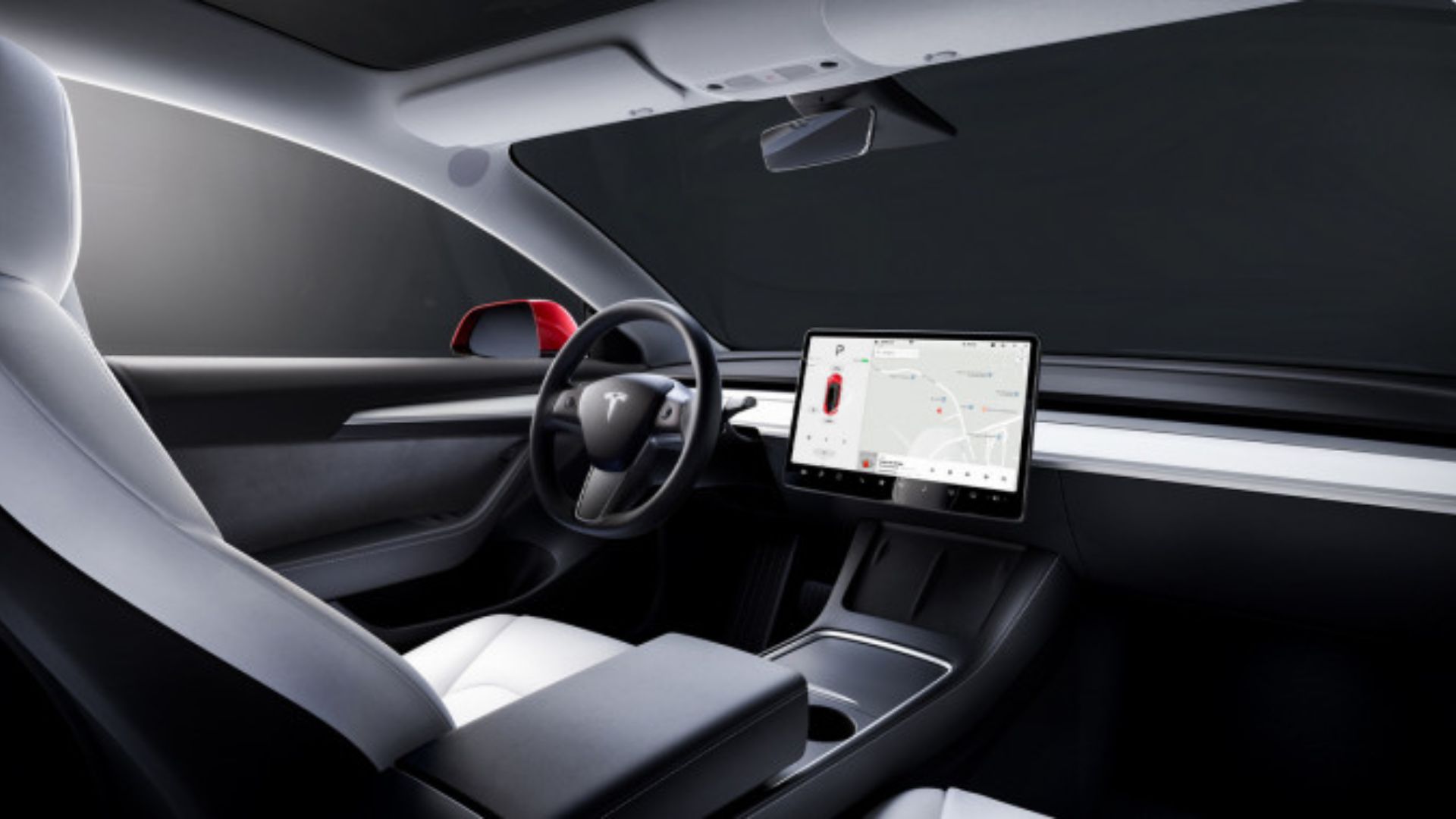
Software Updates and Continuous Improvement
Perhaps one of Tesla’s most distinct features is its approach to software. Model 3, like other Teslas, receives over-the-air updates, continually refining and adding functionalities. Elon Musk’s vision of integrating software prowess with automotive engineering finds a clear manifestation here.
Market Reception and Competitor Analysis
Since its release, the Model 3 has seen a warm reception, registering significant sales figures globally. It has set benchmarks, prompting competitors to accelerate their electric vehicle strategies. The Model 3’s combination of performance, safety, and affordability positioned it uniquely, acting as a catalyst in the industry’s transition phase.
Conclusion
The Tesla Model 3 is more than just another vehicle in Tesla’s lineup. It represents a tangible step towards a sustainable automotive future, balancing the scales of performance and affordability in an industry at the cusp of transformation.




